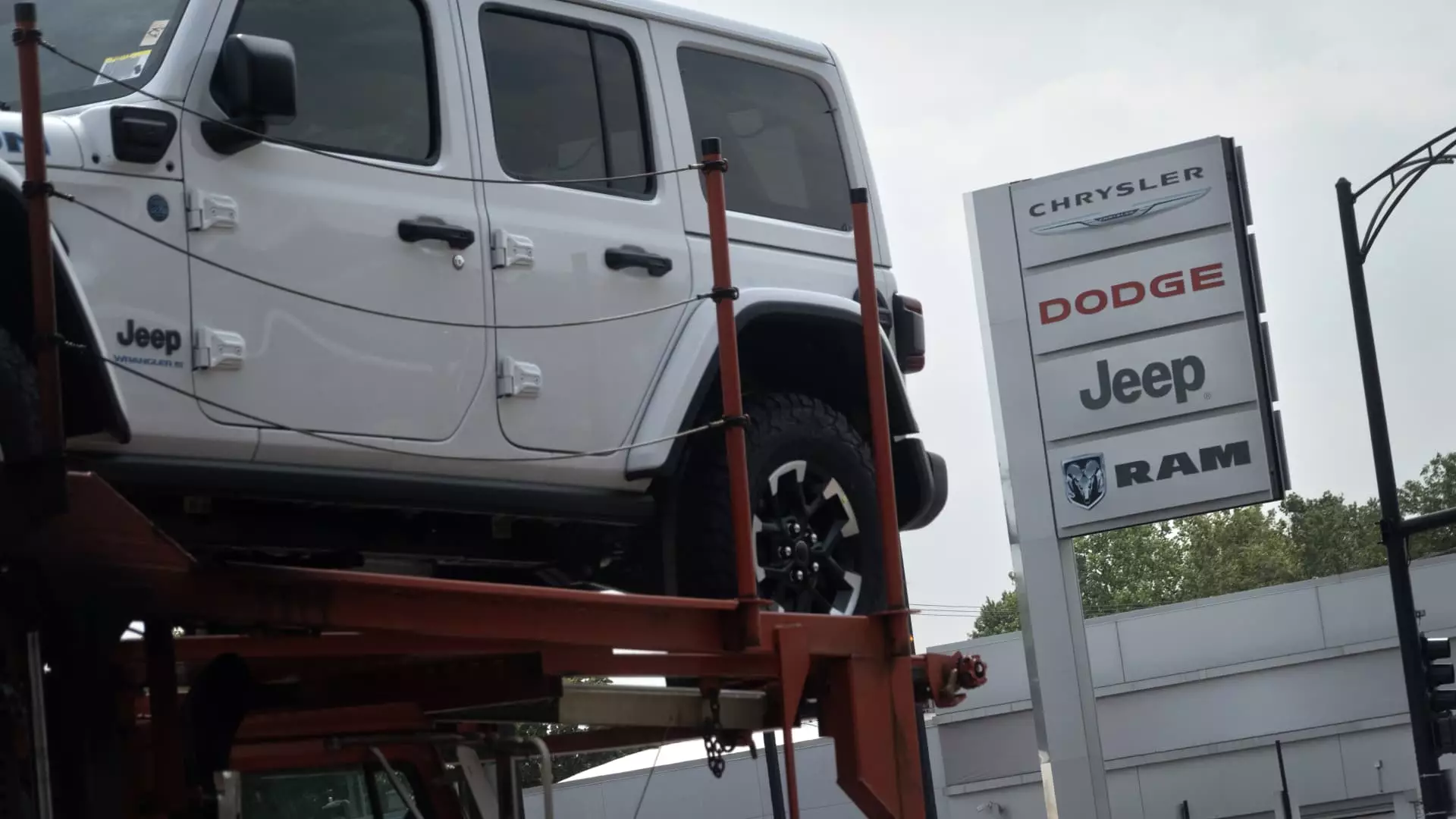The current outlook for U.S. auto sales in the first half of the year indicates a 2.9% increase compared to the previous year. However, there are growing concerns that this momentum may not be sustained throughout the year. Factors such as growing vehicle inventory levels, increasing incentives, and uncertainty surrounding the economy, interest rates, and the U.S. presidential election are contributing to this apprehension.
Cox Automotive predicts that sales growth will slow down in the next six months, reaching approximately 15.7 million units, which is only a 1.3% increase from the previous year. Interestingly, the growth is now being predominantly driven by commercial sales rather than the more profitable consumer sales. This shift indicates a potential shift in the dynamics of the auto industry, with implications for both consumers and automakers.
While the current market conditions may be favorable for consumers who have been waiting to purchase a new vehicle, they present challenges for automakers. The high demand and low availability of vehicles during the pandemic resulted in record profits for many automakers. However, the current scenario of increased inventory levels and growing uncertainties may pose risks for pricing and profitability for automakers moving forward. Wall Street predictions highlight potential challenges for automakers to maintain their profit margins amidst the changing market dynamics.
Cox Automotive’s analysis also suggests a significant shift in the retail share of the overall industry, with a projected decrease of nine percentage points from the previous year to approximately 79%. This shift indicates a changing landscape in the auto market, with implications for the strategies and performances of automakers in the coming months.
According to Cox Automotive, General Motors, Toyota Motor, and Honda Motor are expected to be the leading sales performers in the first half of the year. General Motors and Toyota may once again compete for the top-selling automaker spot in the U.S. if Toyota sustains its growth momentum. On the other hand, Tesla and Stellantis are projected to be underperformers, with estimated sales declines of 14.3% and 16.5% respectively through June. The shifting sales rankings highlight the competitive landscape of the auto industry and the challenges faced by individual companies in adapting to the changing market conditions.
The current outlook for U.S. auto sales reflects a complex and evolving industry landscape. While consumers may benefit from increased choices and incentives, automakers face challenges in maintaining profitability and market share. The shifting dynamics of vehicle sales, with an emphasis on commercial rather than consumer sales, underscore the need for adaptation and innovation within the industry. As uncertainties persist regarding the economy, interest rates, and market conditions, automakers will need to navigate these challenges strategically to ensure their sustainability and growth in the future.

